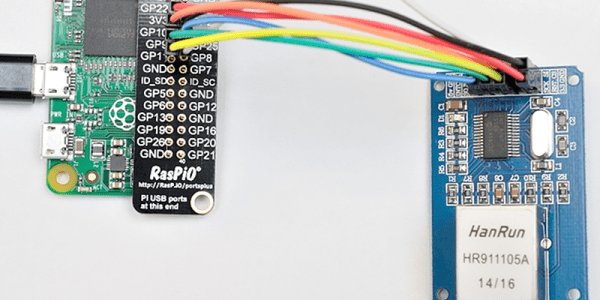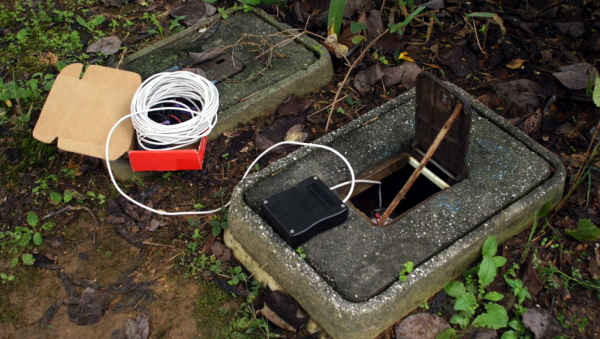Swedish scientists have created something they call power paper by using nanocellulose and a conductive polymer. The paper is highly conductive and has applications in supercapacitor technology and printed electronics.
The paper, technically called NFC-PEDOT paper, combines high conductivity and compatibility with conventional paper handling machines that could lead to less expensive manufacturing. The team used the material to create supercapacitors (up to 2F) as well as FET-like transistors known as OECTs (Organic Electrochemical Transistors).
Admittedly, the supercapacitor prototype didn’t look very practical (as they dunked it in a beaker full of potassium chloride). The black-colored paper is relatively conductive (42,000 S/m at 20 degrees C), at least for a paper. As a point of reference, silicon is about 1,000 S/m and iron conducts at about 10,000,000 S/m.
What can we do with NFC-PEDOT? Time will tell. We couldn’t help but wonder, however, if paper-based 3D printing couldn’t be adapted to use paper as an insulator or dielectric, foil as a conductor, and something like this material to build resistive elements. After all, we’ve seen something similar using foil and paper before.
















